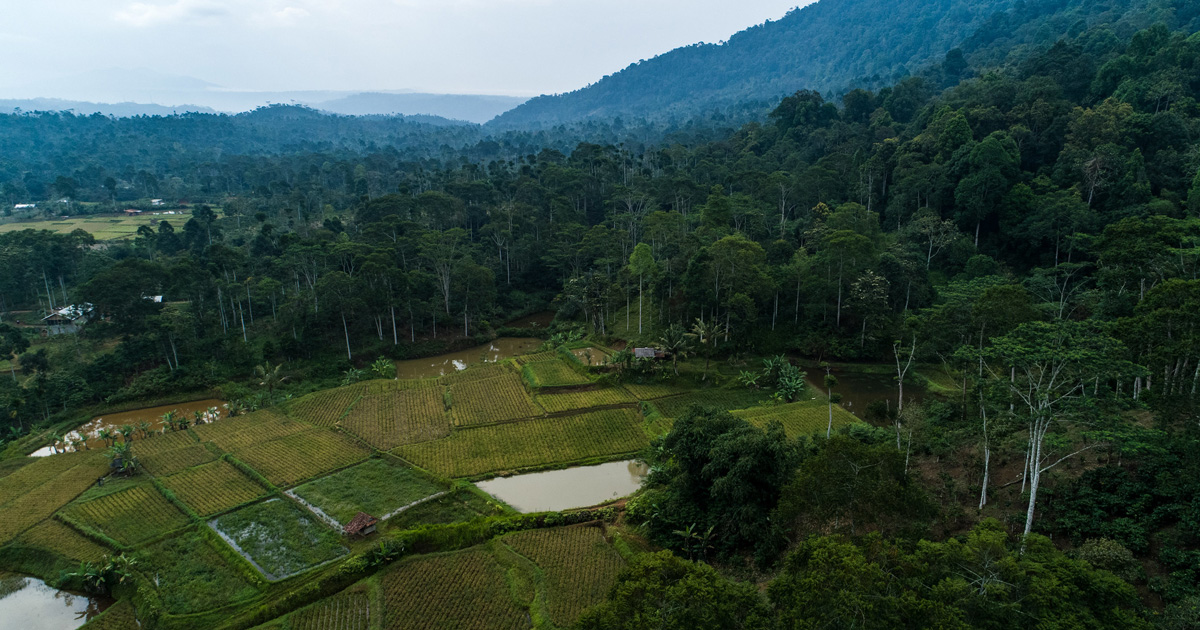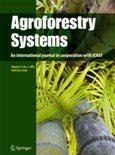Sustainability criteria for palm oil production guide new planting toward non-forest land cover on mineral soil, avoiding carbon debts caused by forest and peat conversion. Effects on soil carbon stock (soil Cstock) of land use change trajectories from forest and non-forest to oil palm on mineral soils include initial decline and subsequent recovery, however modeling efforts and life-cycle accounting are constrained by lack of comprehensive data sets; only few case studies underpin current debate. We analyzed soil Cstock (Mg ha1), soil bulk density (BD, g cm3) and soil organic carbon concentration (Corg, %) from 155 plots in 20 oil palm plantations across the major production areas of Indonesia, identifying trends during a production cycle on 6 plantations with sufficient spread in plot age. Plots were sampled in four management zones: weeded circle (WC), interrow (IR), frond stacks (FS), and harvest paths (HP); three depth intervals 0–5, 5–15 and 15–30 cm were sampled in each zone. Compared to the initial condition, increases in Corg (16.2%) and reduction in BD (8.9%) in the FS zone, was compensated by decrease in Corg (21.4%) and increase in BD (6.6%) in the HP zone, with intermediate results elsewhere. For a weighted average of the four management zones and after correction for equal mineral soil basis, the net temporal trend in soil Cstock in the top 30 cm of soil across all data was not significantly different from zero in both forest- and non-forest-derived oil palm plantations. Individual plantations experienced net decline, net increase or U-shaped trajectories. The 2% difference in mean soil Cstock in forest and non-forest derived oil palm plantations was statistically significant (p < 0.05). Unless soil management changes strongly from current practice, it is appropriate for C footprint calculations to assume soil Cstock neutrality on mineral soils used for oil palm cultivation.
DOI:
https://doi.org/10.1016/j.agee.2015.06.009
Altmetric score:
Dimensions Citation Count:

Publication year
2022
Authors
Khasanah, N.M.; van Noordwijk, M.; Ningsih, H.; Rahayu, S.
Language
English
Keywords
mineral soils, fossil fuel, tropical forests, deforestation, emissions, tree crops, soil tillage, primary forests, oil palms
Geographic
Indonesia























